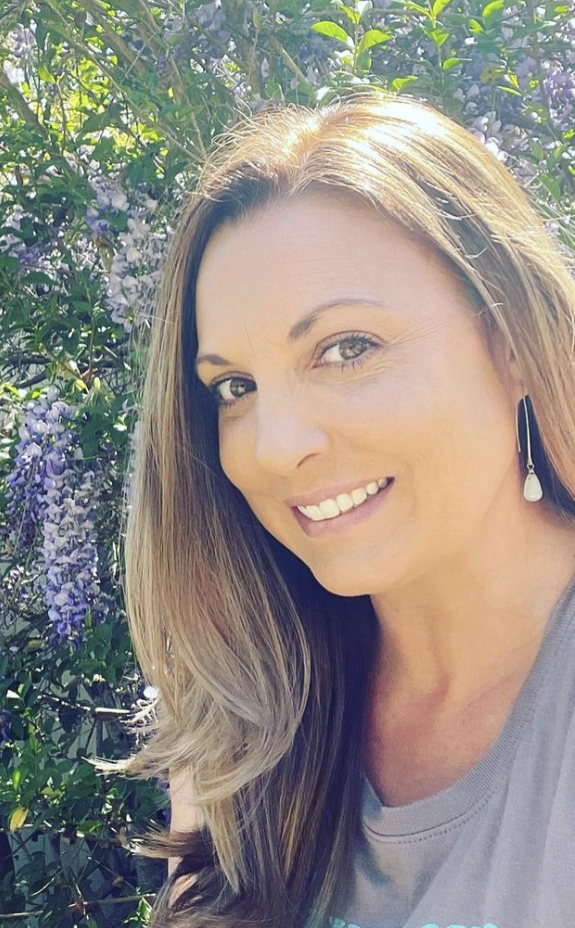We are at a turning point in how we care for children—especially neurodivergent ones. For too long, developmental support has relied on behavior management, compliance, and control. But what if the real transformation begins with connection?
Instead of asking, “How do I get this child to behave?” we could ask, “How can I help this child feel safe enough to thrive?”
In my work with neurodivergent children—in homes, schools, and community settings—I have seen that what they need most is relational safety. They long to be met by someone who can hold their emotions, understand the nuances of their communication, and accept them fully—without rushing to fix, shut down, or shame them. Equally important is giving them the space and support to regulate their own nervous systems, so they can build lasting skills to feel grounded from within.
Why Regulation Comes First
When a child is dysregulated—overwhelmed or shut down—they cannot learn or engage. Their nervous system is doing what it was designed to do: protect. In that protective state—fight, flight, freeze, or fawn—they cannot access logic, language, or connection.
Many behaviors we label as “problematic” are actually nervous system responses. When we regulate ourselves first, we invite children into co-regulation. Emotional safety is built not through demanding calm, but through embodying calm. Not through punishment, but through presence.
A key part of this approach is attuning to subtle cues—tiny shifts in posture, gaze, or facial expression—and responding in a way that meets the child where they are. Regulation is not about compliance; it is about creating a relationship in which the child feels reliably safe.
Relational Engagement Is Everyone’s Job
One of the most powerful shifts we can make is to stop thinking of emotional development as a job only for specialists. Teachers, paraeducators, occupational therapists, counselors, and parents all play a role in a child’s relational ecosystem.
The tone you use.
The way you respond to dysregulation.
The presence or absence of empathy in a challenging moment.
All of it shapes a child’s nervous system, self-worth, and capacity for trust. When all adults recognize their role in co-regulation, we create a culture where no one says, “That’s not my job” when a child is struggling. We come closer. We listen with our whole bodies. We hold space for the child—and each other.
Practical Ways to Bring Co-Regulation Into Daily Life
Co-regulation can be woven into everyday moments. Attuning to a child’s nervous system and responding with empathy allows them to feel seen, understood, and safe:
• Start with your own regulation. Take a slow breath before responding. Children feel our nervous system state more than they hear our words.
• Observe micro-signals. Notice subtle shifts in posture, gaze, or expression as cues to their emotional state.
• Lower your voice, not your boundaries. Calm, steady tones bring a child back into safety while maintaining limits.
• Offer a regulating anchor. Gentle touch, rhythmic movement, or simply sitting nearby invites reconnection.
• Name what you notice. “I see your hands are tight and your face is frowning. I am here with you.” Naming without judgment helps a child feel seen.
• Practice during calm moments. Regulation skills build best through play, joy, and connection—not just during crises.
These are not “fix-it” tools; they are ways of showing up so safety and connection become the norm. Integrating attunement into daily routines helps children learn that the world can be predictable, safe, and supportive.
A New Standard of Care
Regulating to relate is not a checklist—it is a daily practice. It asks us to slow down, stay grounded, and offer the presence many of us needed ourselves as children. It is a radical shift, but a deeply human one.
When co-regulation and emotional attunement become shared language across homes, schools, and clinics, we step into something profound. We become not just educators, providers, or parents—we become relational stewards of the next generation.
In that shared space, we find something powerful:
A culture rooted not in control, but in connection.
And from that place, everything begins to grow.






0 Comments